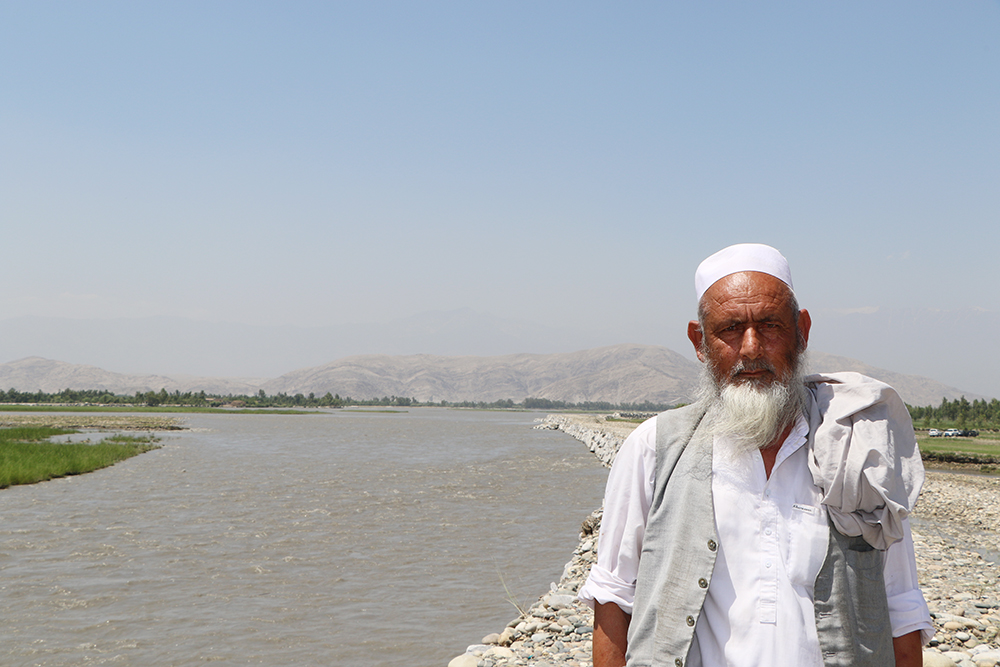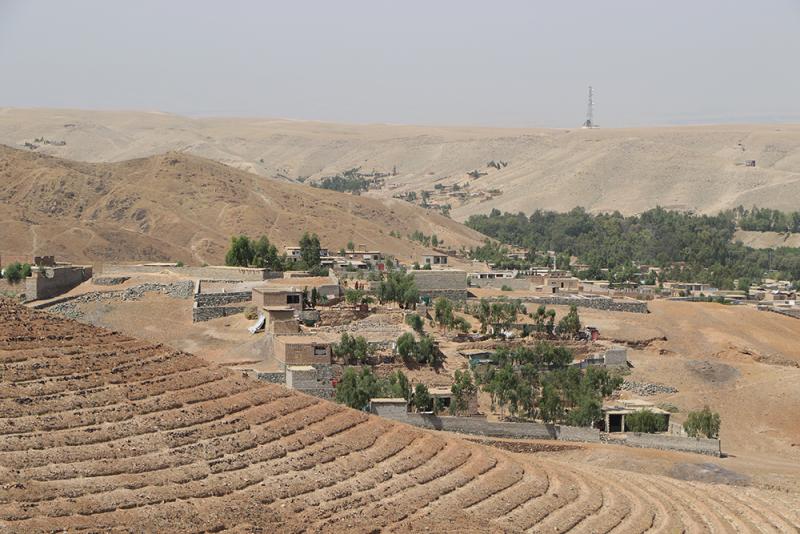

Afghan people continue to face increasingly severe impacts from climate change-induced natural disasters such as floods, earthquakes, and droughts.
Afghanistan ranks as the world's seventh most vulnerable country to climate change despite contributing minimally to global greenhouse gas emissions.
Flash floods, in particular, have wreaked havoc, causing loss of life, displacement, and extensive damage to infrastructure in Jalalabad, Nangarhar. Recognizing the urgent need for sustainable and durable solutions, UNDP, with funding from the Special Trust Fund for Afghanistan (STFA)’s joint regional programme, has implemented several projects aimed at increasing the resilience of local communities, particularly those with high concentrations of internally displaced persons (IDPs) and returnees. These interventions focus on preventing flash floods and training locals for disaster risk preparedness, response, and recovery.
Planting for Protection: The Jujube Tree Initiative
One of the creative approaches taken by UNDP is the planting of Jujube trees in vulnerable mountainous area where locals were living in constant fear of flash floods. Known as honey trees, these trees, once fully grown, will not only prevent soil erosion and reduce the risk of flash floods but also provide an economic benefit to the locals by enabling the production of high-quality honey, thanks to their rich nectar that attracts bees.
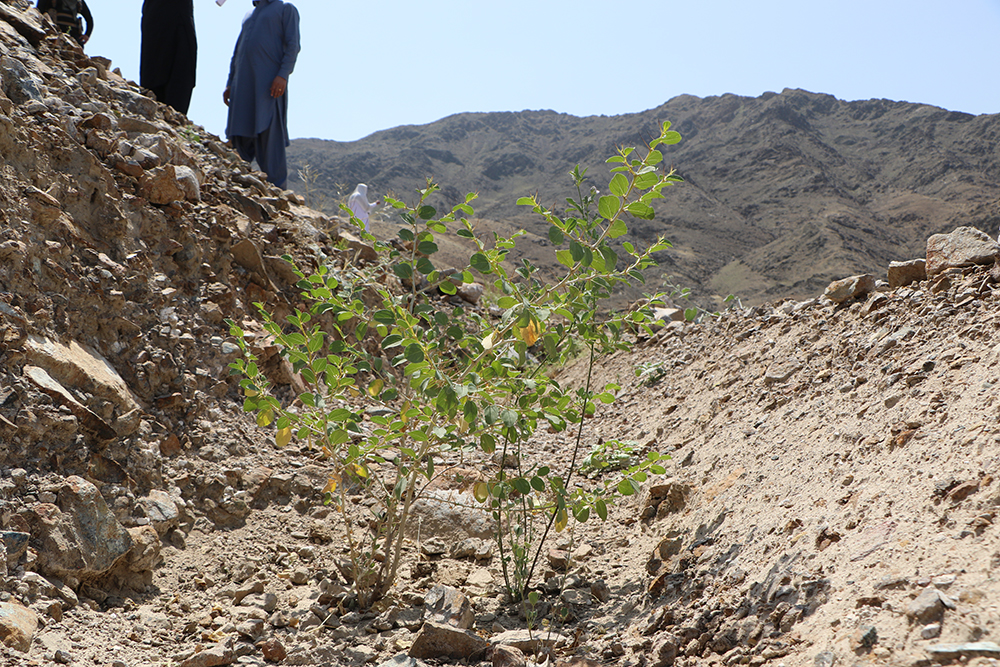
A total of 16,000 Jujube trees were planted over 20 hectares of land, which also provided temporary employment to local IDPs through a Cash-for-Work scheme. This initiative supports over 5,000 households, with community members now responsible for the oversight and care of the trees until they mature in three years, fostering a sense of community ownership.
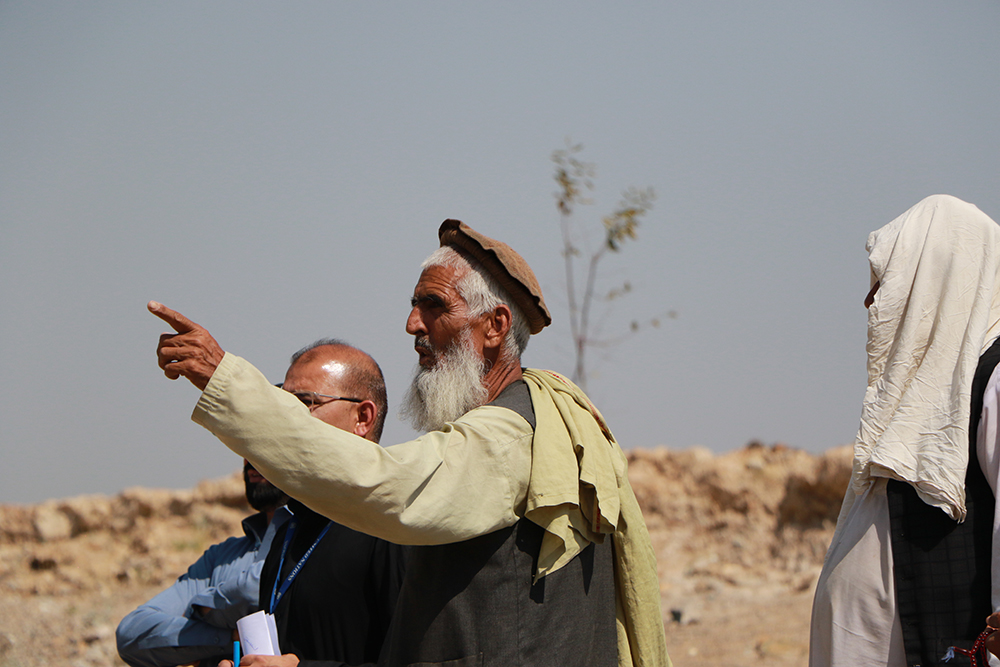
"Previously, our community suffered from flash floods, but now we are starting to feel much safer," says a local elder. "The Jujube tree project has given us a dual benefit: it protects our homes from floods and promises a future income source through honey production in the future. This initiative has brought hope to our community."
The project site was selected based on data from UNHCR and IOM, ensuring that the most at-risk areas are targeted.
Equipping Communities: Disaster Risk Response Training
In another critical intervention, UNDP has provided disaster risk response training to locals which benefited over 1,600 residents in Jalalabad. This training includes a comprehensive Disaster Risk Reduction (DRR) toolkit with stretchers, fire extinguishers, protective gear, masks, ladders, and first aid kits. The establishment of 40 disaster risk response committees, each overseeing approximately 1,200 households, ensures a structured and organized response to emergencies.
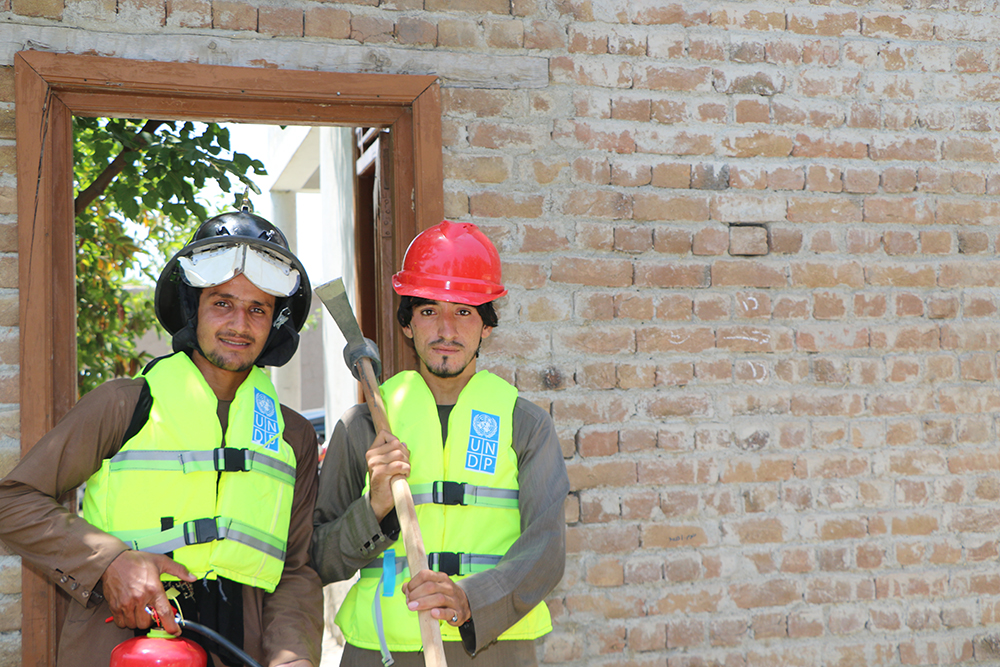
Trainees shared that they learned the importance of preparedness, response, and recovery approaches. Through the Committees, the Community leaders are the first to receive information, which they then disseminate through mobile phones, WhatsApp groups, Facebook groups, and loudspeakers at the mosques increasing the speed and effectiveness of the information sharing among the community.
Protecting Local Lives and Livelihoods: The Flood Protection Wall
Another crucial intervention by UNDP to build disaster resilience of local communities is the construction of a nearly one-kilometer-long and three-meter-high flood protection wall. This wall is designed to protect 20,000 households in an area that experiences severe flooding at least twice a year. Two years ago, a significant flood resulted in the loss of seven lives and considerable damage in the community. The flood protection wall aims to prevent such tragedies in the future and potentially reduce the number of people relying on humanitarian aid.
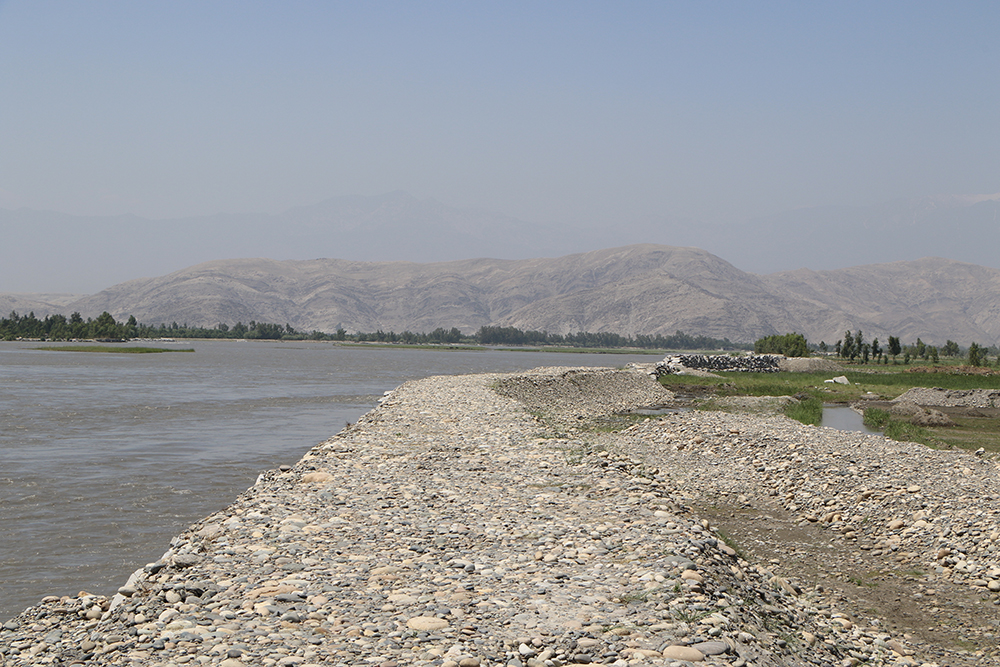
“We are very grateful to have this wall built in our community. Many in our community lost their lives and also their livelihood of crops during the last flooding and houses. Now, we no longer live in constant fear of the next flood.” says local elder Rahman.
A Comprehensive Approach to Resilience
These three projects funded by STFA and implemented by UNDP exemplify a comprehensive approach to resilience building. By addressing both immediate needs and long-term sustainability, these initiatives help communities withstand and recover from natural disasters more effectively. The combination of ecological interventions, capacity building, and physical infrastructure projects underscores the importance of a multifaceted strategy in disaster risk prevention, response and reduction. This holistic and whole-of-community approach ensures that Afghan communities are better prepared, more resilient, and less dependent on external aid, paving the way for a sustainable and secure future.
